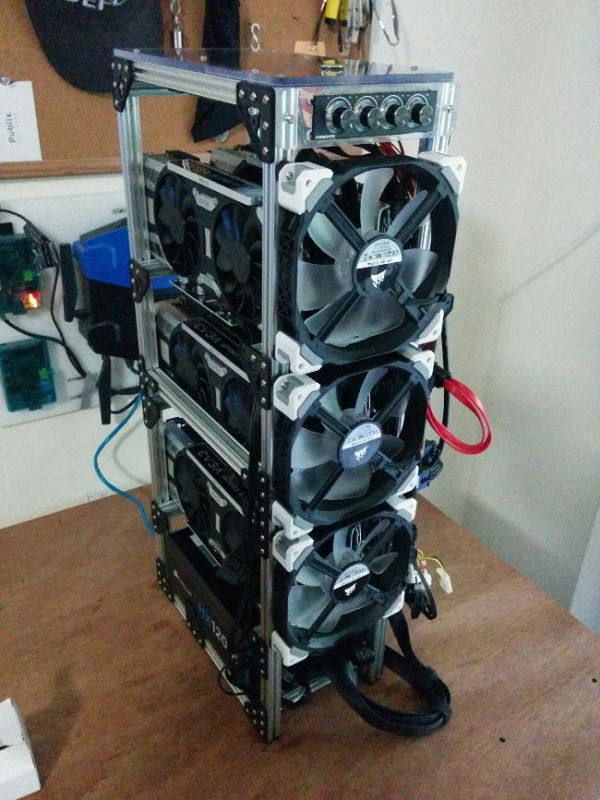Hipster hardware! [Bunnie] found something interesting in Tokyo. It’s a LED matrix display, with a few PDIP chips glued onto the front. There are no through-holes or vias, and these PDIPs can’t be seen through on the back side of the board. Someone is gluing retro-looking chips onto boards so it looks cool. It’s the ‘gluing gears to everything therefore steampunk’ aesthetic. What does this mean for the future? Our tubes and boxes of 74-series chips will be ruined by a dumb kid with a hot glue gun when we’re dead.
Is it Kai-CAD or Key-CAD? Now you can share your troubles with the greatest problem in Electronic Design Automation with others.
Speaking of unimaginable problems in EDA suites and PCB design tools, here’s a Git-based visual version control thingy for Eagle. Cadlab.io is a version control system for Github and Eagle that offers visual diff of PCB layouts and schematics. Neat? Yes, especially if you have more than one person working on a board.
How about a 3D printed business card embosser? [Taekyeom] designed and printed a pair of 3D rollers, one of which is embossed with the ‘negative’ of a design, the other with the ‘positive’ of a design. When rolled against each other, these rollers mesh and putting a piece of paper through the pinky pinching machine embosses paper. Add a frame, a handle, and a few zip ties for belts, and you have a fully 3D printed paper embosser.
There’s a new ransomware that encrypts your files and won’t allow you to access them until you pay someone some crypto. Big news, huh? Well, yes, actually. The HC7 Planetary ransomware is apparently the first bit of ransomware that accepts Etherium. ETH is all grown up now.
Aw, snap, 3D printers with automatic tool changing. This is a project from E3D that shows off magnetic (?) extruders and hot ends for 3D printers. You can change your hot end (and nozzle, and filament) in mid-print. What does this mean? Well, swapping filament is the most obvious use case, but the Prusa system might have this nailed down. What is more interesting is swapping hotends, allowing you to print in multiple temperatures (and different materials), and maybe even different nozzle sizes. This is coming to MRRF, the greatest 3D printing con on the planet. MRRF is happening in March 23-25th in beautiful scenic Goshen, Indiana.
A hardware demoscene? Yes, it’s true! #badgelife is a hardware demoscene wrapped up around wearable conference badges. We just had a meetup in San Francisco this week, and the talks were amazing. [Kerry Scharfglass] talked about scaling one Diamond Age badge to one hundred Diamond Age badges. [Whitney Merrill] talked about building badges for the Crypto and Privacy village at Defcon. If you’re into electronics, you are, by default, into manufacturing and this is the best education in manufacturing and logistics you will ever get. The true pros know how to reduce air freight costs by two hundred percent!













